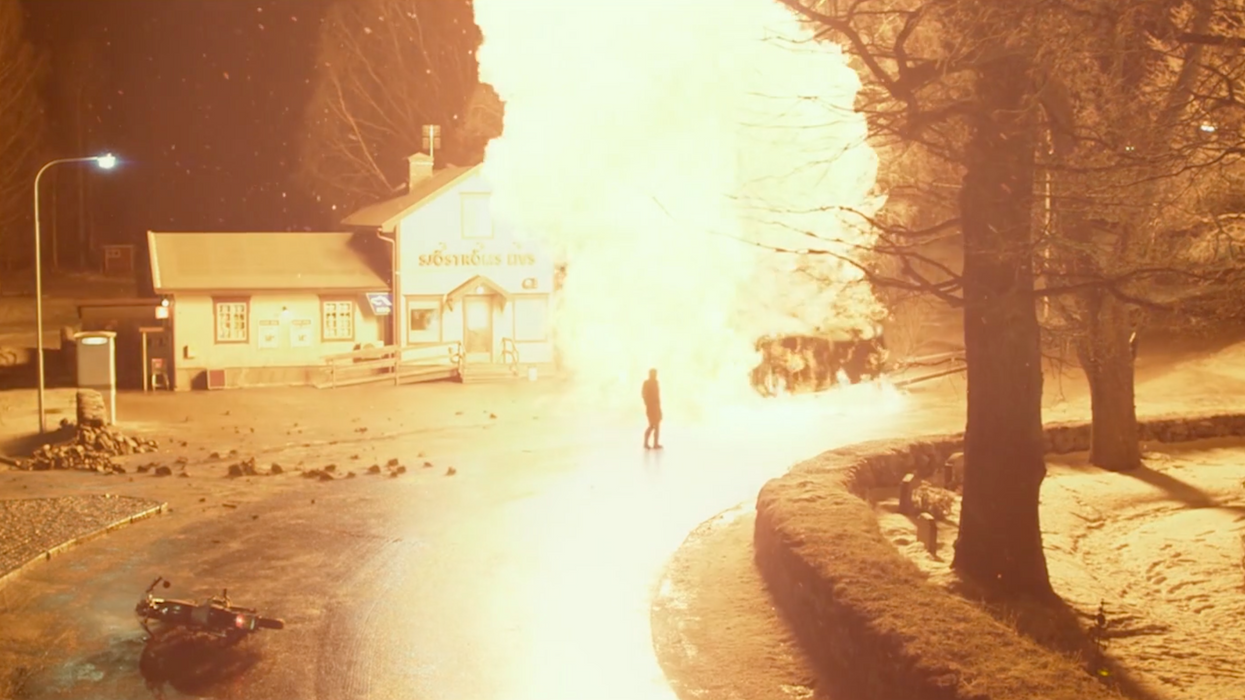Watch: How David Fincher's Long Shots Create Critical Distance
This video essay shows how Fincher harnesses the power of the long shot.

Earlier this year, we brought you video essayist Jacob T. Swinney's take on David Fincher's use of the extreme close-up. Now, Swinney has examined the other end of the spectrum: the director's use of long shots.
While the ECU (extreme close-up) lends weight to the minutiae of a scene, the long shot functions as a vehicle for critical distance. It firmly orients the viewer in the cinematic world—whether it's the depraved city streets in Se7en, the cold, clinical campus in The Social Network, or the gritty underworld of The Girl with the Dragon Tattoo—while also allowing us to objectively assess the scene. Removed from the action, we have a chance to make connections and form opinions. We see the big picture.
As evidenced by the shots in the video essay, the two most important elements of the long shot are landscape and architecture. Long shots dwarf characters into mere pawns; the geometric elements of their environments seem to engulf them.
Films featured:
- Alien 3 (1992)
- Se7en (1995)
- The Game (1997)
- Fight Club (1999)
- Panic Room (2002)
- Zodiac (2007)
- The Curious Case of Benjamin Button (2008)
- The Social Network (2010)
- The Girl with the Dragon Tattoo (2011)
- Gone Girl (2014)











